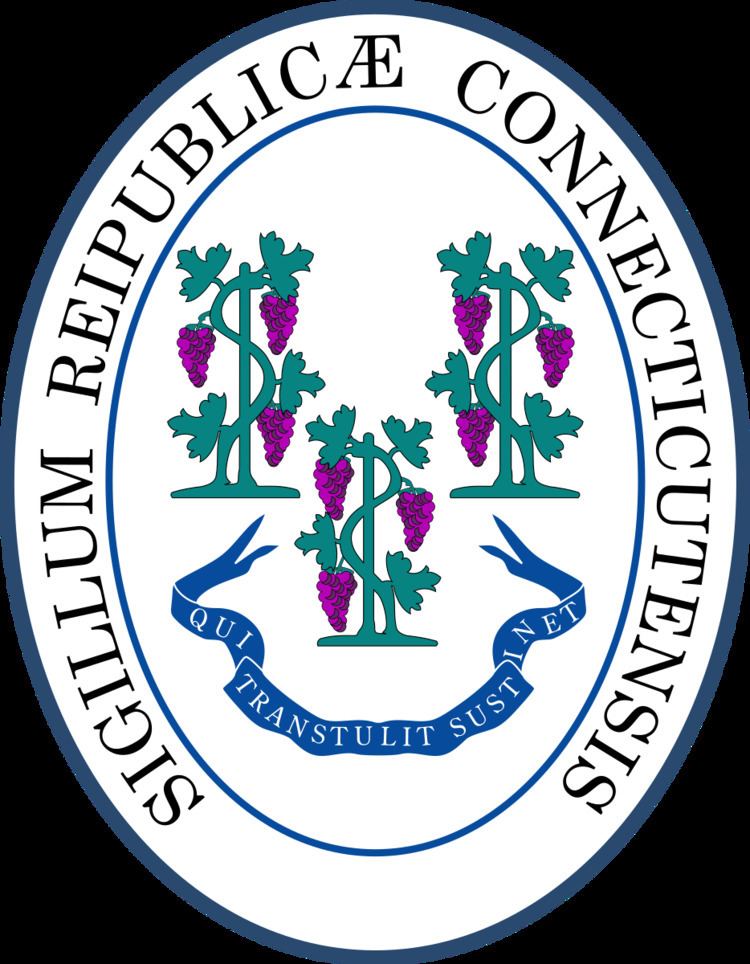End date 1799 | ||
 | ||
Citations 4 U.S. 1 (more)4 Dall. 1; 1 L. Ed. 715; 1799 U.S. LEXIS 243 Claim New York moved to enjoin ejectment proceedings pending in a U.S. Circuit Court involving land over which New York and Connecticut claimed jurisdiction. Procedural history Injunction denied, 4 U.S. 1 (1799) (Ellsworth, C.J.) Majority Ellsworth, joined by Paterson, Chase, Washington Similar Loewe v Lawlor, New Haven Black Pa, Hylton v United States, Palko v Connecticut, Cantwell v Connecticut | ||
New York v. Connecticut, 4 U.S. 1 (1799), was a lawsuit heard by the Supreme Court of the United States between the State of New York against the State of Connecticut in 1799 that arose from a land dispute between private parties. It was the first case in which the Supreme Court exercised its original jurisdiction under Article III of the United States Constitution to hear controversies between two states.
Contents
Background of the case
The "Connecticut Gore" region was a strip of land on New York's western border with Pennsylvania. Connecticut claimed jurisdiction over the land, and granted it to Jeremiah Halsey and Andrew Ward in exchange for their construction of the state house in Hartford.
After the State of New York granted certain parcels within the Connecticut Gore to other individuals, the successors in title to Halsey and Ward filed an action for ejectment in the United States Circuit Court for the District of Connecticut. The defendants argued that they were residents of New York and that the land was actually in Steuben County, New York; only state or federal courts in New York could accordingly exercise jurisdiction over the action. The plaintiffs claimed that the lands were instead in Connecticut.
The Supreme Court denied a motion to remove the cases from the Circuit Court, and New York subsequently filed a bill in equity against Connecticut and the Connecticut plaintiffs for an injunction to stay the ejectment proceedings. As part of the bill, New York submitted an agreement between the states, dated November 28, 1683, that purported to recognize New York's rights to the land.
Because the bill in equity was filed while the Connecticut General Assembly was out of session, the State never actually participated in the case. However, attorneys for the private land claimants argued that reasonable notice was not given for the injunction to be granted, and that regardless, New York lacked an interest in the proceedings to merit a stay.
The court's decision
The Court found that notice was sufficient, because a shorter period of time may be reasonable when the application for injunction is made to a court rather than a single judge. However, the Court denied the injunction, finding that New York lacked standing. It was not a party to the suits in the lower court, nor did it have a concrete interest in the decisions. The State was claiming jurisdiction over the land, not title to it, and the Circuit Court lacked the power to determine the State's boundaries and its consequent rights.
